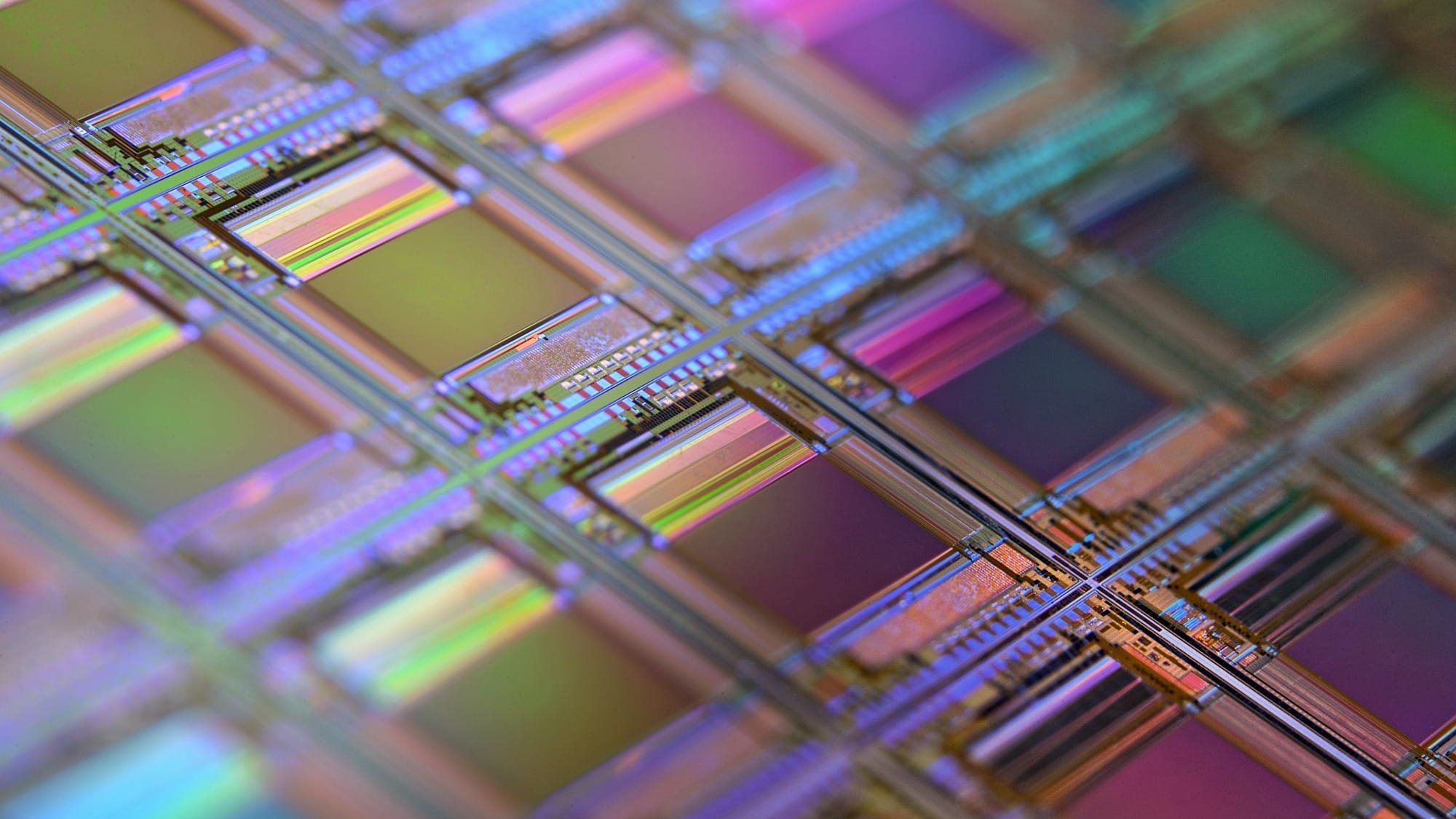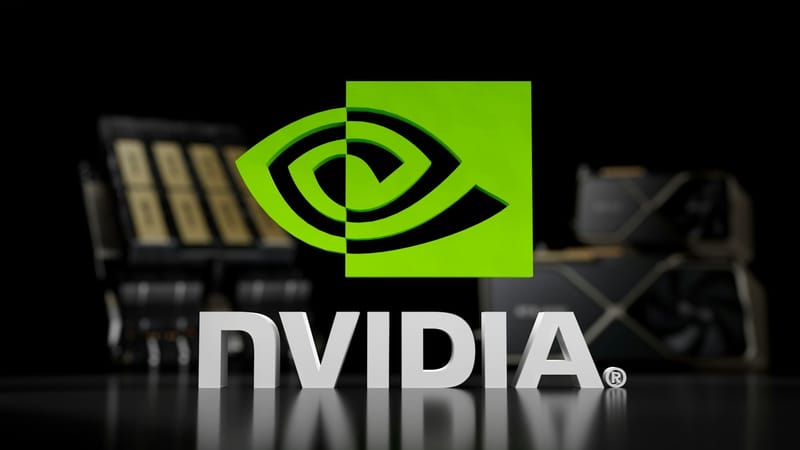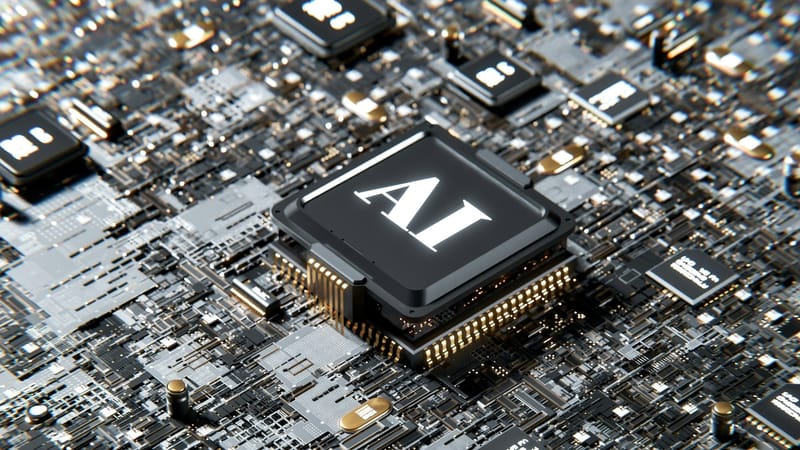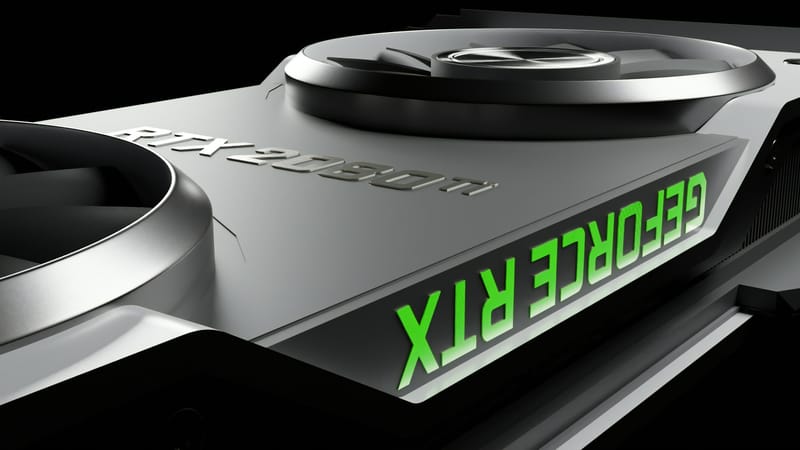Nvidia and TSMC Roll Out First US-Made AI Chip Wafer, and Jensen Huang Says It’s Just the Beginning
America’s semiconductor comeback just got a little more real

Nvidia and Taiwan Semiconductor Manufacturing Company (TSMC) have unveiled their first U.S.-made Blackwell chip wafer, produced at TSMC’s advanced fabrication plant in Phoenix, Arizona. The facility has become the centrepiece of Washington’s efforts to bring critical chipmaking capacity back home.
A Milestone Moment for U.S. Chipmaking
At a ceremony inside the Arizona fab, Nvidia CEO Jensen Huang called the achievement “historic”, telling workers, “You built something incredible, but you will realize in time that you are part of something historic.”
Huang said the Blackwell chips, designed to power the next generation of AI infrastructure, are now officially being produced on American soil, calling them “the single most important chip now being produced in America.” He added that the event marked “the foundation for U.S. leadership in AI.”
Huang also acknowledged the role of former President Donald Trump, crediting his early push for onshore manufacturing as one of the catalysts for the project.
A Half-Trillion-Dollar Bet on AI
Huang confirmed that Nvidia plans to invest more than US$500 billion in AI-related infrastructure over the coming years, underlining the company’s central role in the global AI economy. The new Blackwell architecture, which succeeds the highly successful Hopper line, will soon underpin the data centres of Microsoft, Amazon, and Google.
The Phoenix milestone is more than a symbolic win. It is a strategic necessity as U.S.–China tech tensions escalate and Washington tightens export restrictions on high-performance AI chips. Domestic manufacturing capacity has become a matter of both economic and national security.
The Bigger Picture: TSMC’s Arizona Gamble
TSMC’s Arizona fab represents a US$40 billion investment, and while it has faced delays and cost overruns, the company is now ramping up production of advanced 3-nanometre and 2-nanometre chips, among the most sophisticated in the world. The milestone marks the first tangible output from the plant, which is expected to become fully operational in 2026.
According to Reuters, the wafer’s completion signals early success for the CHIPS and Science Act, a US$52 billion federal subsidy programme aimed at reviving U.S. semiconductor manufacturing. The United States currently produces just 12% of the world’s chips, down from 37% in 1990, according to the Semiconductor Industry Association.
Why It Matters
This wafer might only be a slice of silicon, but it represents a major step in America’s attempt to reclaim technological sovereignty. For Nvidia, it is another display of dominance. For TSMC, it is proof that advanced chipmaking can, with patience and billions in subsidies, succeed on U.S. soil.
As Huang put it, “Today we laid the foundation for America to lead the AI race at the infrastructure level.”






